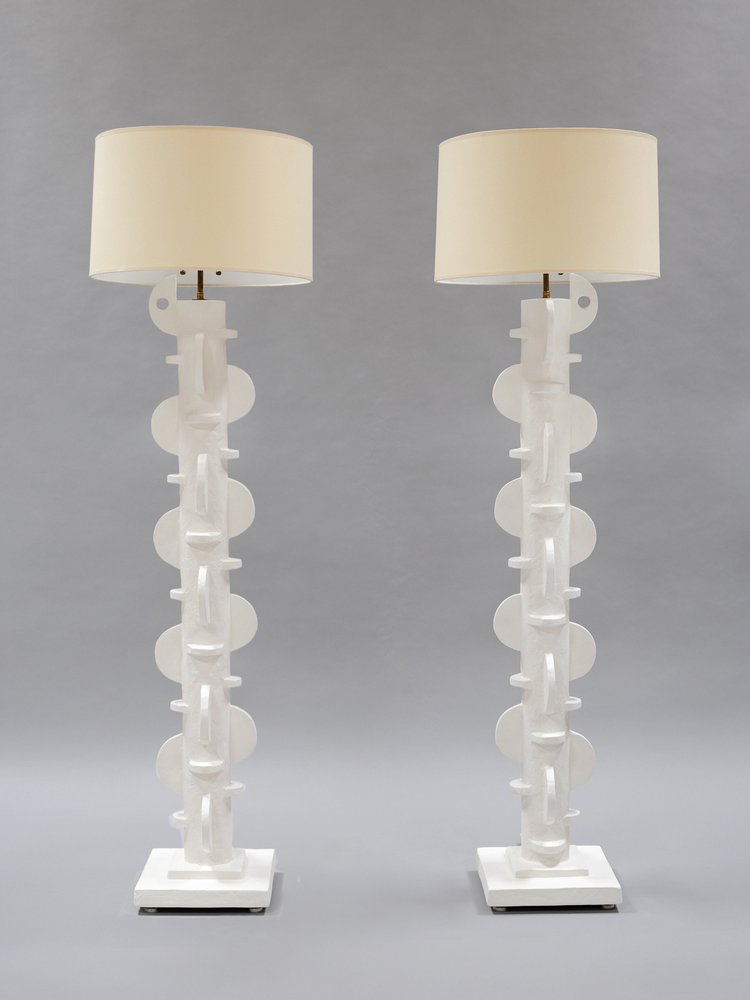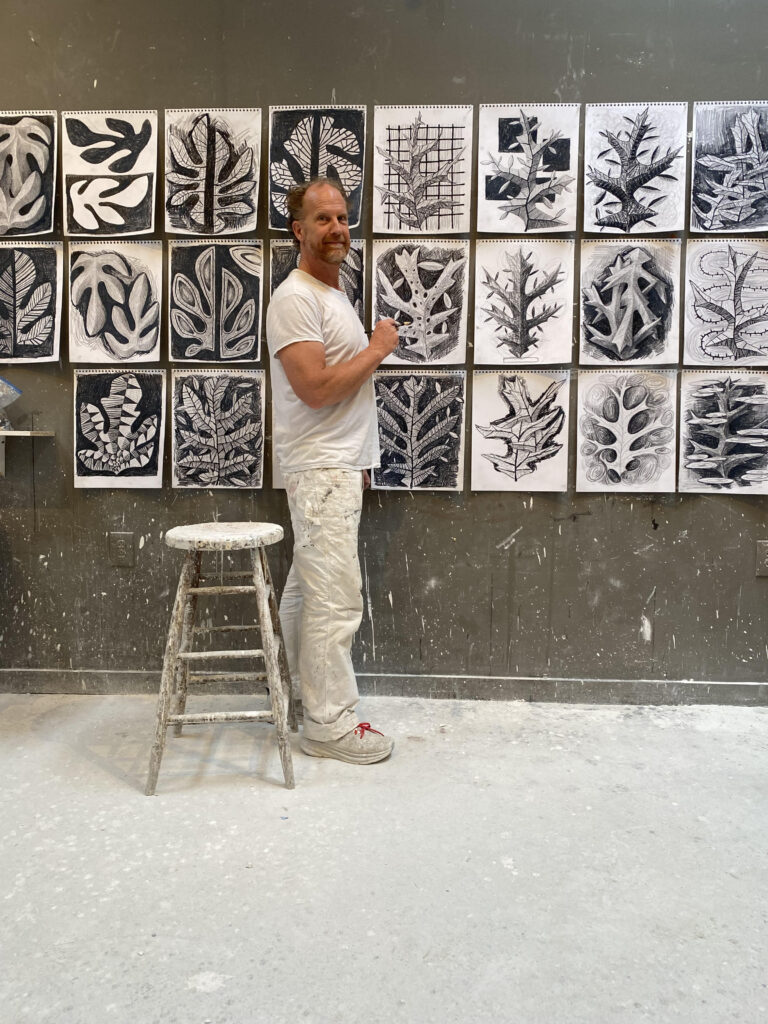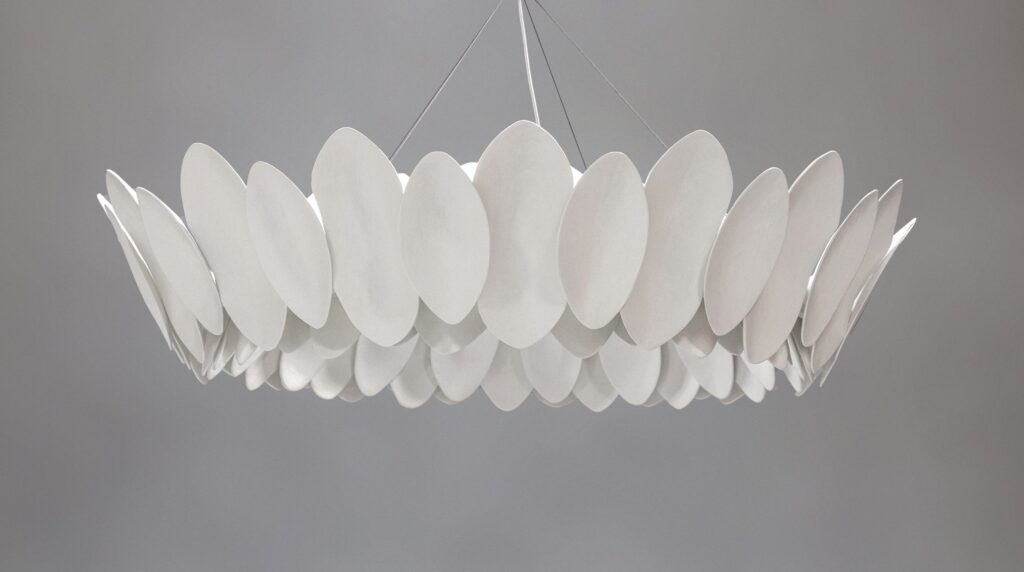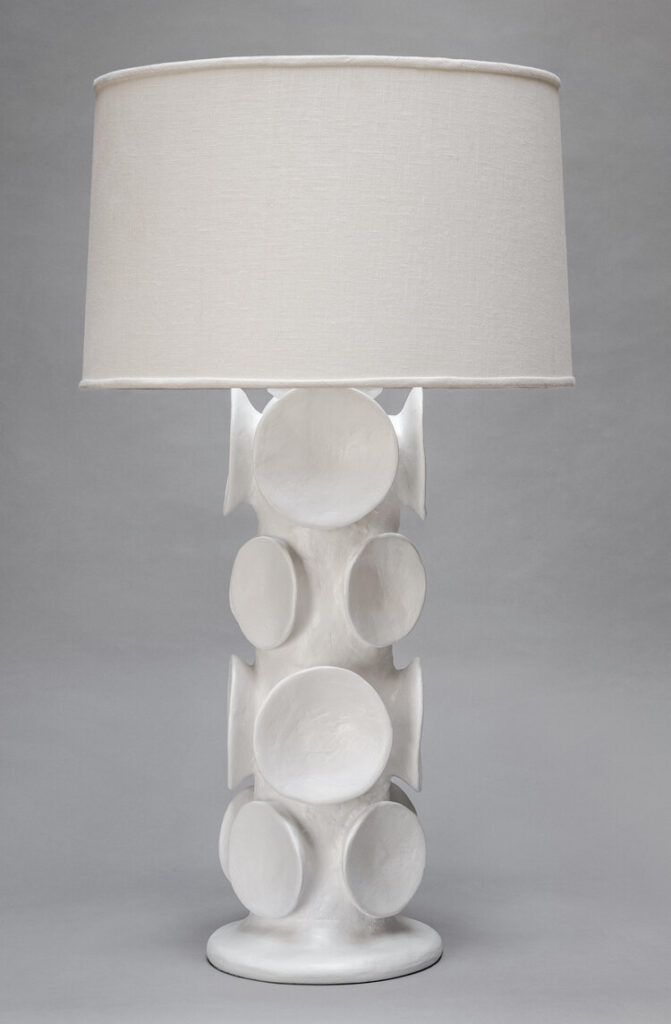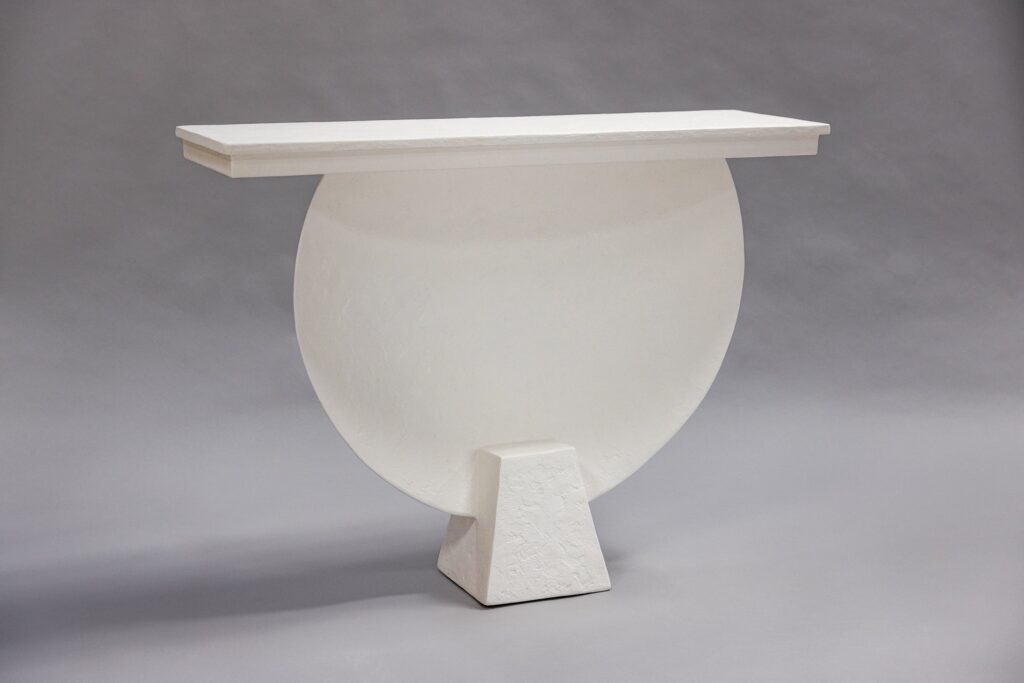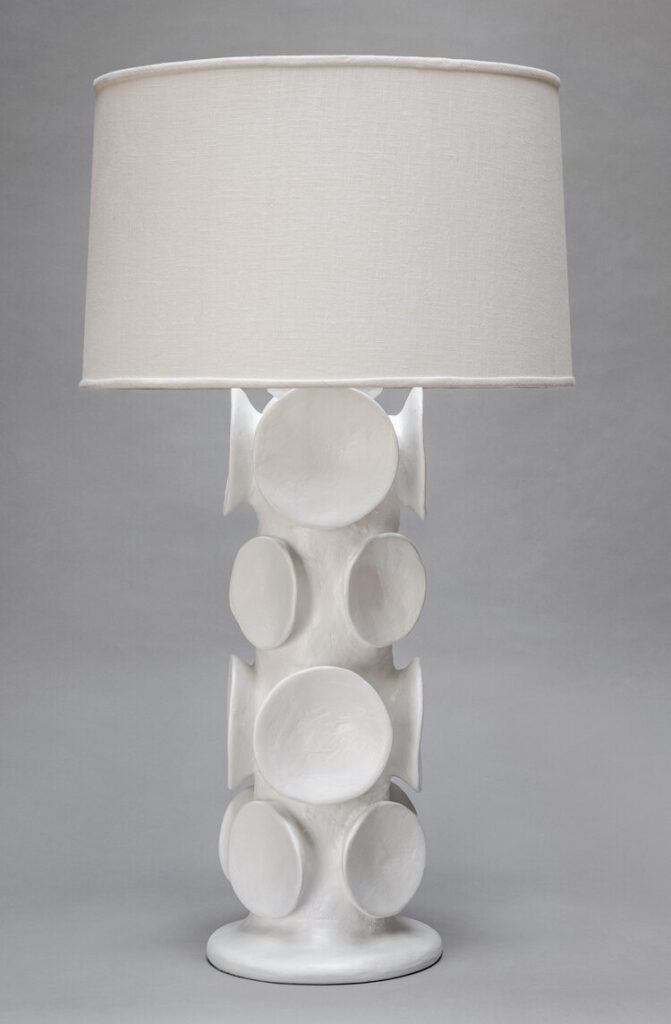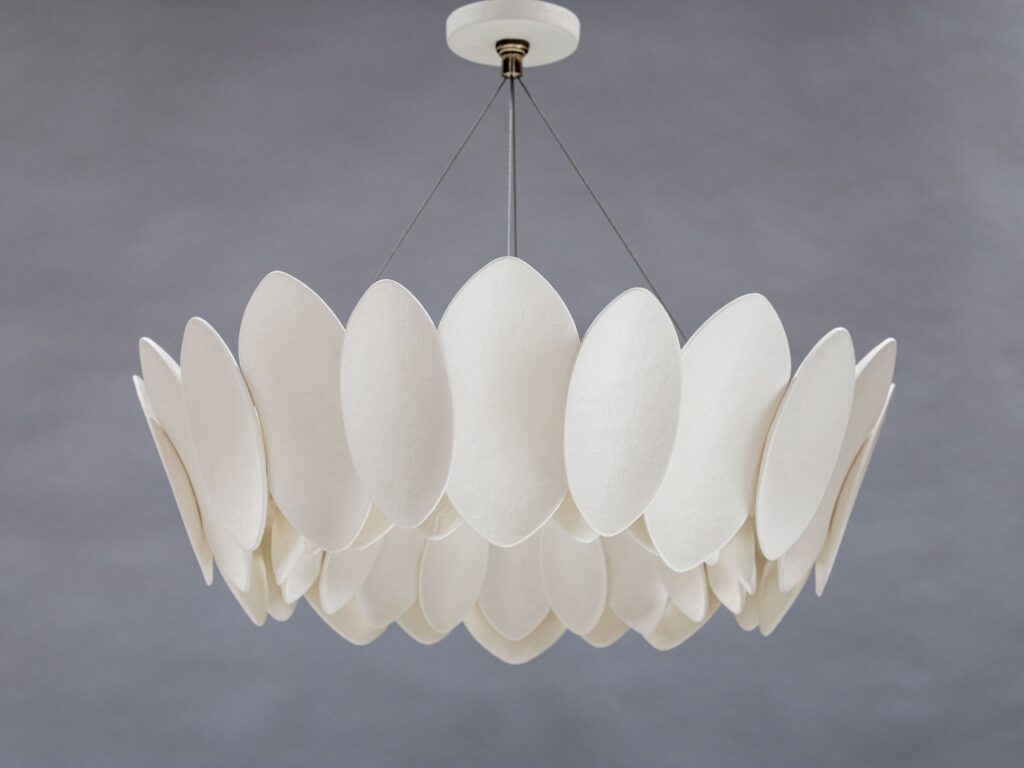
Plaster can be a magical material when applied to design. Not only because of its pristine white color, sense of calm, and special matte texture, but also because of its historical narrative. Think about Constantin Brancusi’s iconic sculpture, The Kiss of 1913, which is considered the first modern sculpture of the 20th century; or Alberto and Diego Giacometti’s Egyptian Lamp, which the two created for an interior by their collaborator, decorator Jean-Michel Frank; or San Francisco designer John Dickinson, who created tables in plaster based on ancient furniture. When I think of plaster, it evokes the memory of my visit to the Canova Museum in Treviso, Italy, where the plaster models of the Italian sculptor are exhibited in a building by Carlo Scarpa. The art of the plaster is still alive, and we New Yorkers have our own plaster magician. His name is Stephen Antonson, and this week I visited his new studio in Gowanus, Brooklyn, the new hub of New York creatives.
It has been at least eight years since my last visit to Antonson’s studio, and I was thrilled to witness the evolution of his oeuvre firsthand, as his voice in plaster art is becoming increasingly visible in the world of collectible design and in published interiors by such prolific decorators as Michael Smith, Jacques Grange , and Peter Marino. He was born in 1966, growing up outside of Detroit, Michigan. He studied fine arts at Carnegie Mellon University and Hunter College, eventually beginning his career at Martha Stewart Living before opening his own studio in 2008. Antonson has since developed his own imagery and is now one of just a handful of artists who use plaster as a primary material in design.
His lighting and furniture are artisanal and sculptural, exemplifying the intersection between craft, art, and design while bringing fresh whiteness into interior spaces of those plaster enthusiasts. His forms are born from a passion and knowledge of art and design history, handcrafting his pieces in the most traditional disciplines. He is working within the medium while devising techniques according to the base materials and shape and nature of the pieces. For most sculptors, plaster is an intermediary material, but Antonson treats the matte white medium as his main, contemporary material.
Antonson’s inspiration from his travels have continuously expanded his vocabulary, sometimes in unexpected ways. In a recent trip to Puglia, for example, he was inspired by a massive fig tree and started drawing individual leaves, continuing when he returned to the studio. The fig leaves, with their flat, broad form and thick veins do have a unique form which has attracted artists for centuries. Antonson has worked this into his vocabulary. The same goes with cardboard, which he recently discovered as a foundation for objects because it is both light and can be easily covered in plaster.
Stephen Antonso’s long and expansive studio is reminiscent of Brancusi’s famed Parisian atelier, reconstructed at the Centre Pompidou. To him, it is his new creative sanctuary. All images courtesy Stephen Antonson Studio and Liz O’Brien Gallery.
